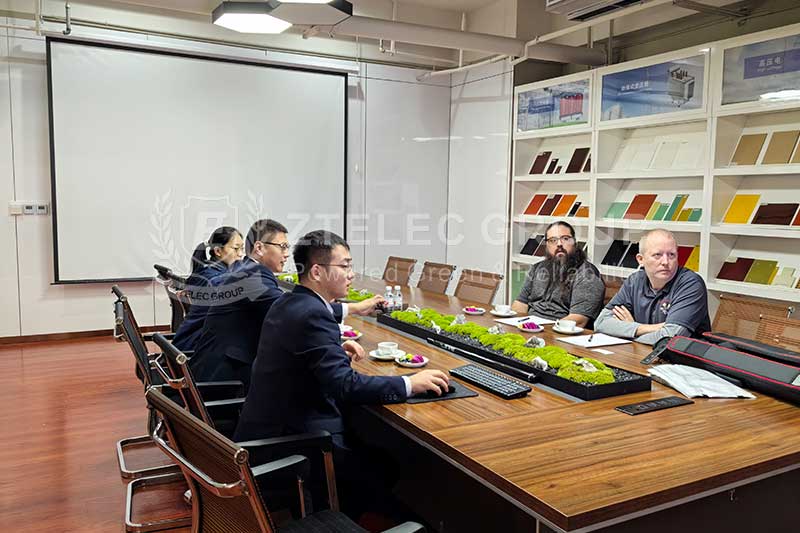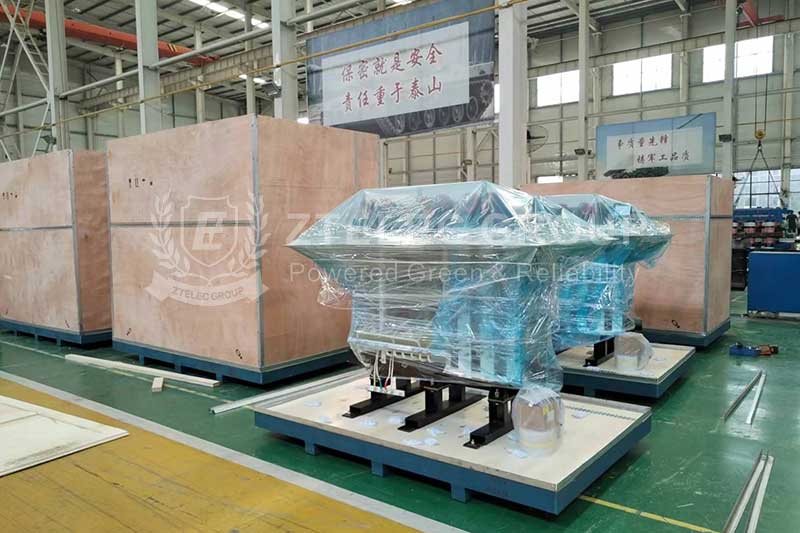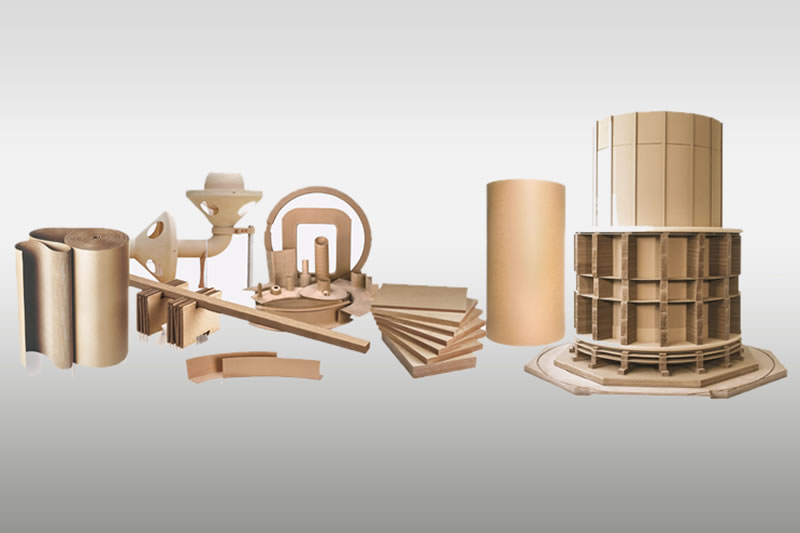How to classify electrical and electronic insulation materials
2023-12-31 17:00 | By: ZTELEC-www.ztelecgroup.com | 62click
The insulating material may be generally classified as four kinds
According to generally as the points, solid insulation materials commonly used in pipe insulation, laminates, insulation film, insulation paper, rubber, plastics, glass, ceramics, mica, etc.;
liquid materials are insulating paint, glue, resin, transformer oil, and the liquid material is often a pre-semi solid material; material with nitrogen gas, sulfur hexafluoride.
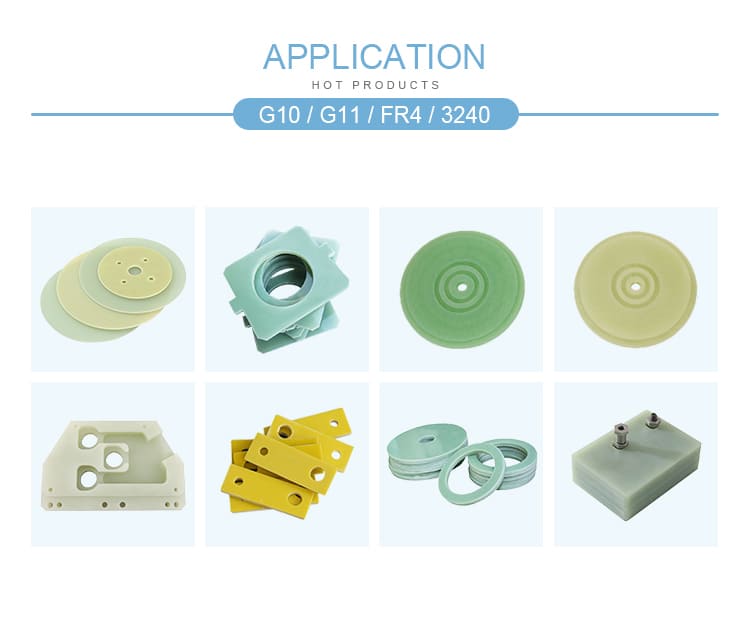
1.Classification according to degree of heat is one of the most professional classification;
Insulation material is divided into A, E, B, F, H, C and other levels, each corresponding temperature heat levels as follows
Class A insulation --- temperature 105 ℃,
Class E insulation --- temperature 120 ℃,
Class B insulation --- temperature 130 ℃,
Class F insulation --- temperature 155 ℃,
Class H insulation --- temperature 180 ℃,
Class C insulation --- temperature above 200 ℃.
Insulation performance and stability of insulation materials will get worse, If the temperature get higher. To ensure the insulation strength, each insulating material has a proper maximum allowable operating temperature. At this temperature insulation materials can be safely used long term, it is easy to exceed this temperature aging destruction.
2.Series No. Classification 2.2 by the relevant provisions of the national industry, is more standardized classification methods:
① Paint, resin and glue
② Impregnated fiber products category
③ Laminated Products
④ Plastic
⑤ Mica products
⑥ Film, adhesive tape and composite products.
⑦ Other Insulation Materials
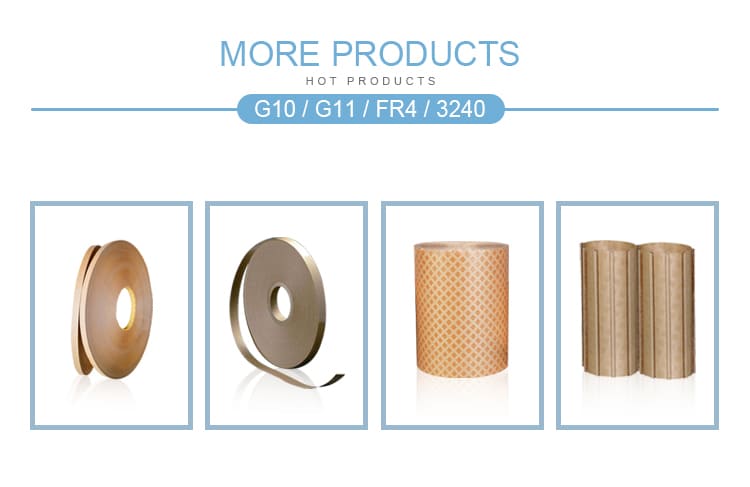
3.Some manufacturers use their own codes, in-case the others will copy them.
Insulation material systems or other areas of the country have some different and cross. For Ex. 3243 Epoxy Fiberglass laminated sheet, In this electronics industry is generally known as FR4 Epoxy fiberglass laminated sheet, In aviation instrument power industry is often called EPGC202 ring Oxygen fiberglass laminated sheet. In Europe and the United States, It was generally known as G10 Epoxy fiberglass laminated sheet, we need to get to know about this.
Some insulation products or processed products have not officially included in the national standards, so we’ve to use of the manufacturers themselves.
4.Classification according to practical applications.
Generally, there are two main applications for the insulation materials, like electrical insulation materials and electronic insulating material. Our company mainly produces electrical insulation materials, used in various high-voltage transformers, motors, surge arresters many aspects, but also for other types of electrical and electronic products manufacturing;
Electrical insulating materials applications or electronic insulating material have further subcategories, will involve more industry products.
tags:Price of a 1600kVA 10kV Cast Resin Dry-Type Transformer35kV dry-type transformer protection10kV oil-immersed transformer110 kV oil-immersed transformerOil-Immersed Transformer Maintenance
- more+releated article
- 2025-12-13How to Select and Use Phenolic Cloth-base Lami
- 2025-12-13How Much Does Bakelite Sheet Cost? 2025 Price
- 2025-12-13Why are most 3240 epoxy boards yellow?
- 2025-12-13What are the Main Applications of FR4 Epoxy Bo
- 2025-12-13Why Does the Price of Insulating Paperboard Va
- 2025-12-13Heat-Resistant DDP Insulation Paper
- 2025-12-13Comparison of Heat-Resistant DDP Insulating Pa
- 2025-12-13G10 and FR4 Epoxy Boards: Commonly Used for Ge
- 2025-12-13The Price of Heat-Resistant DDP Insulation Pap
- 2025-12-13How to Choose Epoxy Laminate Materials for Gen


